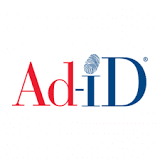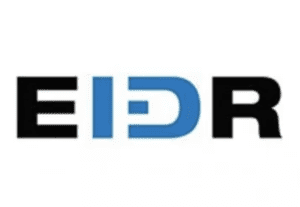Ad-ID and EIDR for Content
 Harold Geller, Executive Director, Ad-ID and Will Kreth, Executive
Director, EIDR have been instrumental in creating industry standard
labels that
enable the seamless tracking of both ads and programming across all
platforms and devices. Geller explained that now over 400 advertisers
are using Ad-ID for their advertisements and in order to make the cost
of entry more affordable, Ad-ID prefixes are now free to registrants.
Kreth noted that programming labeling has had a positive effectthat
reduces friction. EIDR has seen rapid growth recently, reaching 2
million content records as of the end of 2018.
Harold Geller, Executive Director, Ad-ID and Will Kreth, Executive
Director, EIDR have been instrumental in creating industry standard
labels that
enable the seamless tracking of both ads and programming across all
platforms and devices. Geller explained that now over 400 advertisers
are using Ad-ID for their advertisements and in order to make the cost
of entry more affordable, Ad-ID prefixes are now free to registrants.
Kreth noted that programming labeling has had a positive effectthat
reduces friction. EIDR has seen rapid growth recently, reaching 2
million content records as of the end of 2018.
Data Transparency Label for Data
According to David Kohl, President and CEO, TrustX, audience and identity data are the foundation for billions of dollars in marketing and media spending. “But not all data is created equal,” he warned. “It is important to create a label that tells us exactly what is inside the data.”
To that end, a data transparency label has been developed that looks like an ingredients label found on food packages. This label enables all users – both advertisers and programmers – to know what type of data is inside. This label will help answer questions such as: How did data get created? Where did it come from? Who is the owner? What audience segments are used and how was the segment constructed? Was it modeled and where did the data come from? Is it household, device or individual, an id, a cookie, a set top box, zip or address?
Both content labeling and data transparency labels are designed to provide a level of trust for the industry. For Kohl, this is just the beginning. “We are on a journey,” he explained. “We are looking for industry feedback and plan to evolve the label over time.”
This article first appeared in Cynopsis.
No comments:
Post a Comment